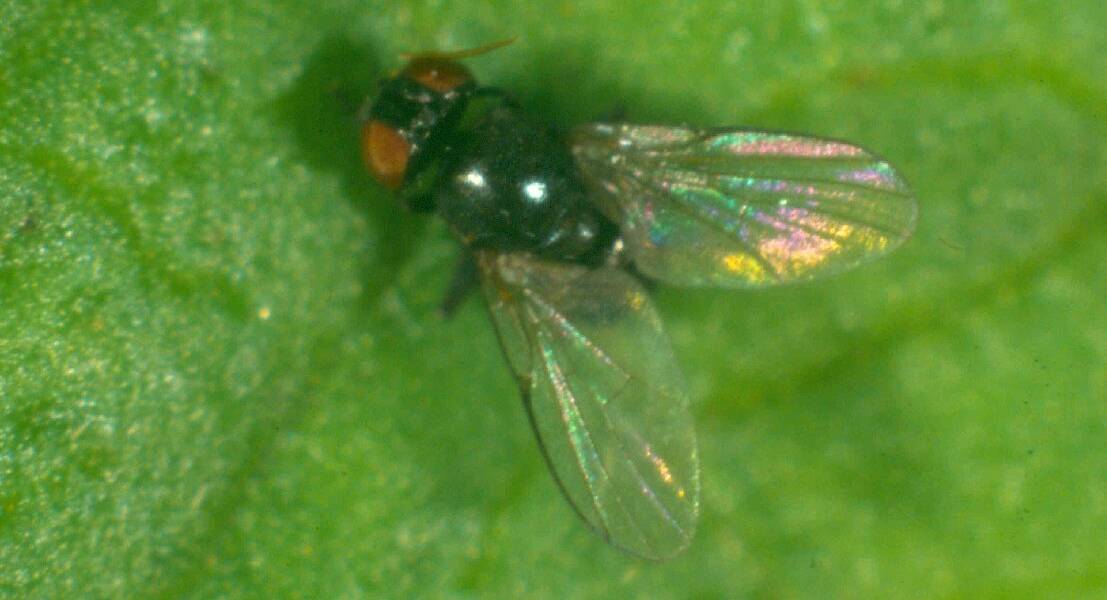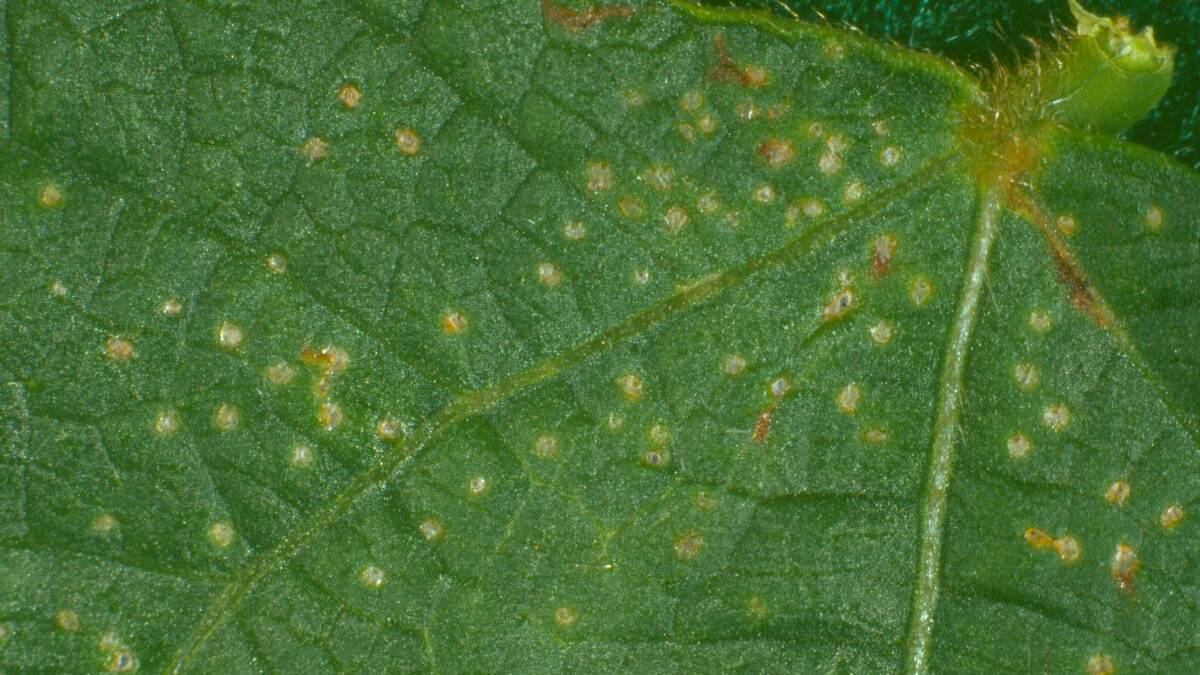
OUTBREAKS of the potentially destructive bean fly are impacting on emerging mungbean crops in Central and Northern Queensland.
Queensland Department of Agriculture (DAF) entomologist Hugh Brier said bean fly were normally regarded as a spasmodic pest in mungbean crops and barely rated a mention in traditional growing regions, such as the Darling Downs and north western NSW.
But Mr Brier, whose researched is supported by the Grains Research Development Corporation (GRDC), said the industry’s move into coastal regions, such as the Burdekin, had coincided with an increase in bean fly reports.
“There have also been reports of significant damage in spring crop seedlings in central Queensland at Biloela and Theodore this spring,” he said.
“These outbreaks may be due to a wet spring, which has resulted in an increase in other bean fly hosts such as phasey bean.”

Mr Brier is now urging growers to inspect crops for bean fly damage and consider using a below-label rate dimethoate treatment to control the pests and limit the chemical impact on beneficial insects.
Adult bean fly are small (3mm long) and shiny black with clear wings. The legless larvae (maggots) are cream with dark mouthparts and reach 3mm in length. Pupae are small, brown and cylindrical with rounded ends.
Adults lay their eggs in the leaves, with the oviposition stings appearing as small white pin pricks. After hatching, larvae tunnel downwards through the petioles and down the plant’s stem, growing in size as they go. Larval damage in the lower stem can kill seedlings. Egg hatch to pupation only takes eight to 10 days.
“The first signs of attack are usually the distinctive oviposition stings on the leaves,” Mr Brier said.
“These are most obvious when leaves are held up to the light. In a heavy infestation, the small black adult flies should also be visible to the trained observer. The next symptoms are larval damage to the lower stems, followed by plant death.”
He said mungbean crops were at greatest risk during the first two to three weeks post emergence, during the seedling stage.
“Larval tunneling damages the plant’s vascular tissue, causing seedling death or reduced plant vigour. In older crops, larval tunneling can cause petiole droop (which can be confused with moisture stress),” Mr Brier said.
“To control bean fly growers need to reduce weed hosts such as phasey bean between crops. When using pesticides, band spray the crop so that only the plants are sprayed and not the inter-row, to reduce the impact on beneficials.
“Also, consider using a lower dimethoate rate than what is on the label. Rates as low as 250ml/ha have shown to give good bean fly control in recent DAF trials and have a much lower impact on beneficials than the full 800ml/ha.
“A repeat spray may be required after seven to 10 days if pupae are present at the time of spraying and adults then re-infest the crop.”
Mr Brier said currently there were no thresholds available for this pest, to determine if the levels of bean fly in crops required spraying. He recommended spraying strips of crop and leaving some unsprayed strips.
He also encouraged growers to photograph plants, before and after treatments as well as those that were not sprayed, to assess relative damage, and if possible gauge economic loss by comparing the yields of sprayed and unsprayed sections. This information will inform future management decisions. For more information growers and agronomists can contact Hugh Brier on 0428 188 069.

